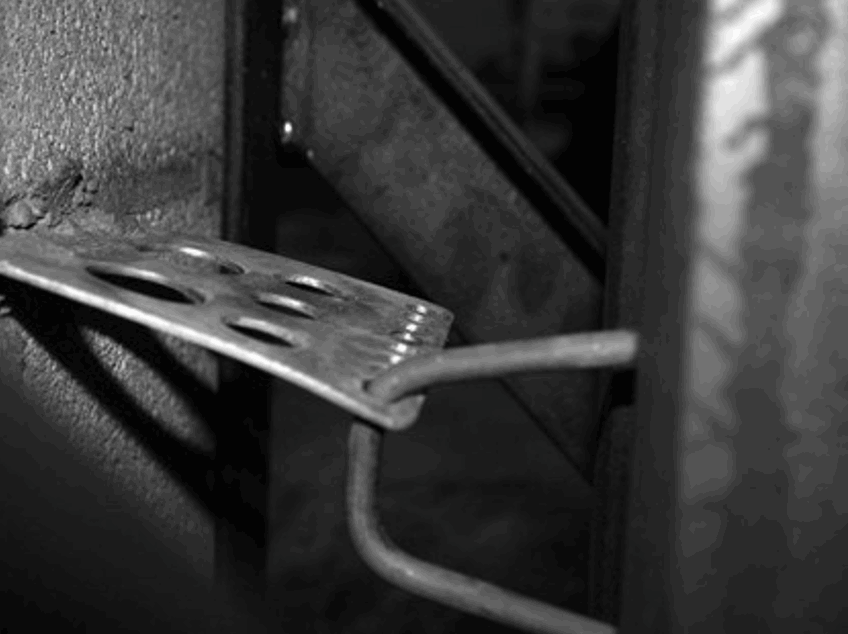C.R. Williams1 and A.A. Hamid2,3
- Graduate Student, Dept of Civil, Architectural & Environmental Engineering, Drexel University, 3141 Chestnut Street, Philadelphia, PA, 19104, crw22@drexel.edu
- Professor, Dept of Civil, Architectural & Environmental Engineering, Drexel University, 3141 Chestnut Street, Philadelphia, PA, 19104, hamidaa@drexel.edu
- Adjunct Professor, Department of Civil Engineering, McMaster University, JHE-301, 1280 Main Street W., Hamilton, ON, L8S 4L7, hamida@mcmaster.ca
ABSTRACT
In current construction practice, when a masonry veneer is installed on the face of a building, the veneer is tied to the main structural support of the building by the use of mechanical ties. Today’s masonry veneers are not designed to act as an in-plane lateral load resisting element of the overall structure. Although this is how the veneers are designed, many mechanical ties actually do transfer in-plane lateral load between the structure and the veneer. For this reason, building codes dictate either to isolate the veneer or to reinforce it to ensure its steadfastness in a lateral event. Reinforcing the veneer has made the design option of using brick veneer in high seismic areas very unpopular. To better study the transfer of loads between a structural element and a veneer, the stiffness and strength properties of the tie linking the two must be known. This paper will show the development and practical usage of a testing method to measure the in-plane lateral stiffness of a brick tie. A custom testing apparatus has been designed and constructed to allow for testing the ties as they would perform in-situ, that is embedded into mortar joints in a concrete block back-up wall on one end and a brick veneer on the other. Three different types of adjustable wall ties were used in the test program. Load-displacement curves will be presented to provide needed data for analytical modeling of cavity block-brick veneer walls under in-plane lateral loading.
KEYWORDS: adjustable wall ties, brick veneer, cavity walls, tie stiffness, tie strength
1b-4



